Best camera phones 2023: the ultimate smartphones for great pictures and video
While live shows might be on hold, there are some cracking camera phones out which are perfect for snaps and video calls

It’s not often you see people carrying cameras around with them these days – that’s because the technology packed into the smartphones is getting better all the time.
We’re all used to taking our phones to gigs and festivals – and with live music back with a bang, it’s a great time to upgrade your existing phone.
But with prices varied and lots of different camera set-ups to choose from, there's plenty to take into consideration. That's before you've even begun to think about storage, battery life and the quality of the display. So where do you start? Right here is a very good place, as we round up the best camera phones you can buy today.
- Heading to a festival? You'll need one of the best rugged smartphones
- The best smart speakers: Our round-up of the very best
- The best phones for music - and the best phone deals
- Grab one of the best budget phones for music
- The best in-ear headphones: Louder's top choice
Best camera phone: The Louder Choice
You can trust Louder
Of all the world's smartphone manufacturers, Huawei is currently the big innovator when it comes to taking pictures – which is why our top choice in this list is the Huawei P30 Pro. It's not only the best smartphone camera in low light, it also has the best zoom of any handset by a long way.
In second place is the Google Pixel 3, which, despite only having a single camera lens, produces the best colour photos out there. This is thanks to some seriously smart machine-learning software, and also its Visual Core chip. More on all of that below.
How to buy the best camera phone for you…
How many camera lenses do I need?
The big question with camera phones these days is: do more lenses make better photos? The jury is still out, with lots of conflicting opinions. But the extra lenses added to phones like the Huawei Mate 20 do contribute to better photos in the end – hence, most manufacturers now offer such set-ups. By capturing a scene from different camera lenses and stitching together an image, there's usually more chance of getting an eye-pleasing result.
Of course, there are exceptions – the Google Pixel 3 uses just one lens but is backed by a whole bunch of processing smarts, resulting in a very impressive end result.
Are megapixels important?
Generally speaking, the higher the number of megapixels, the better. But that is very general. More megapixels means there will be more pixels on the image, as it will have a higher resolution. This will result in a potentially sharper shot, if the autofocus works well, and also means you can digitally zoom. This is great for quickly snapping a shot and then zooming in to better frame before cropping. If you do that a lot, then high megapixels is something you'll appreciate.
Just don't be fooled, as higher isn't always better for things like colours or dynamic range.
Do I need a good selfie camera?
If you take a lot of selfies then, yes, this is something to consider. Some selfie cameras have a higher number of megapixels than others, and a few have flashes. There are even selfie cameras with more than one lens.
Is 4K video essential?
If you want to be future-proof then 4K is a must, as it'll enable you to show video on modern screens. Of course, frame rate is important, too – make sure the camera shoots 4K at 30fps. Much like photos, the higher resolution here will allow you to crop into a video should you want a more zoomed finished product.
Anything else to consider?
If you plan to shoot video when out and about, we suggest you buy a super-cheap phone as a back up, or at least invest in a mega rugged case.
These are the best camera phones available right now
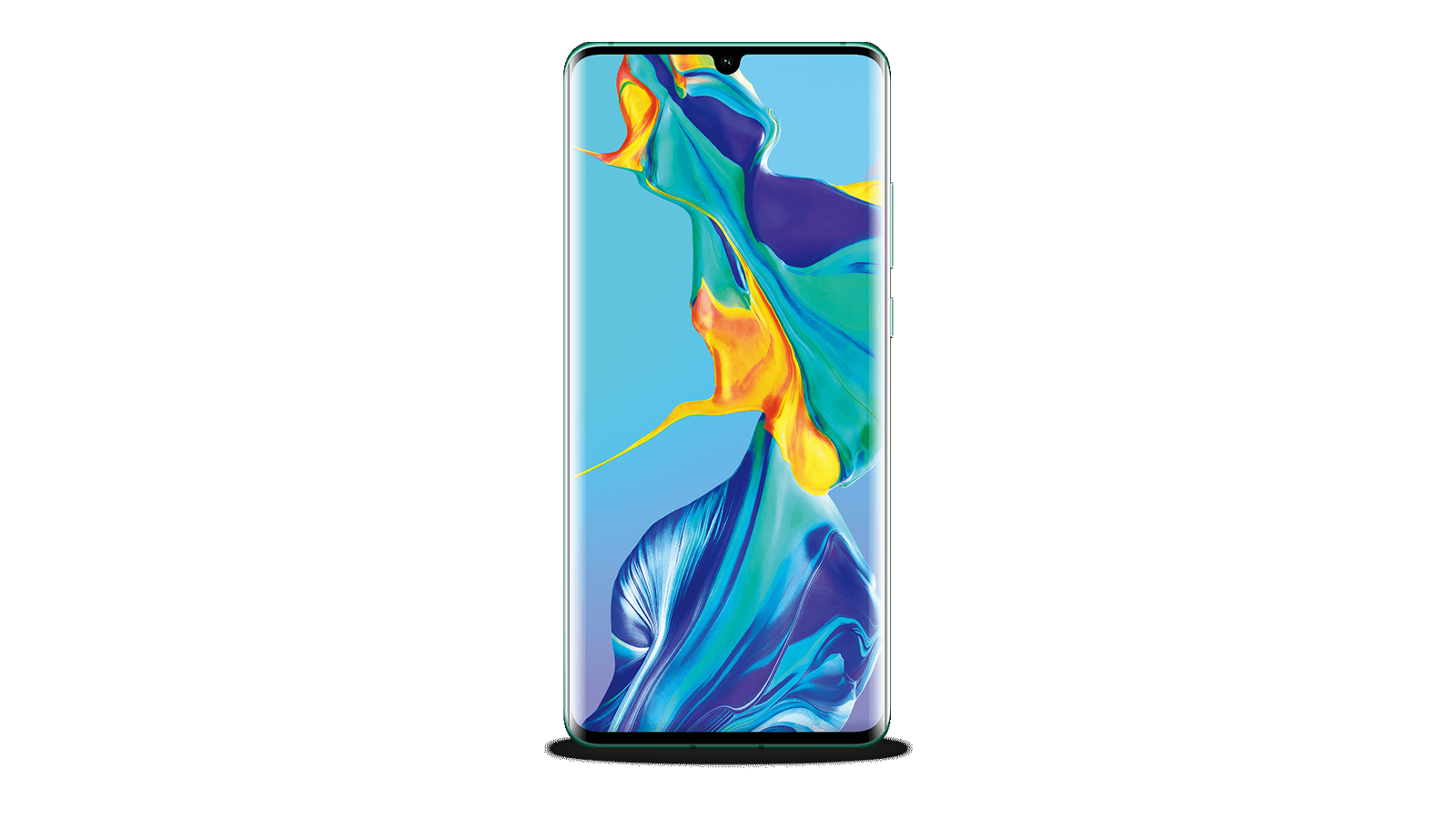
1. Huawei P30 Pro
Specifications
Reasons to buy
Reasons to avoid
The Huawei P30 Pro is a fantastic camera phone - the best, in fact - thanks to its triple-lens camera on the rear. It takes brilliant pictures, even in low-light situations, and boats a great autofocus function.
Another awesome feature is the phone's periscope telephoto zoom lens, which provides a stunning 10x optical zoom and more once you start zooming into those hefty 40 megapixels of the main lens. It actually tops out at 50x zoom, which ends up getting you more detail than most people can even see with the naked eye.
The videos are 4K, of course, and the selfie camera is a whopping 32MP, so even those photos look brilliant – better than a lot of phone's rear cameras, actually.
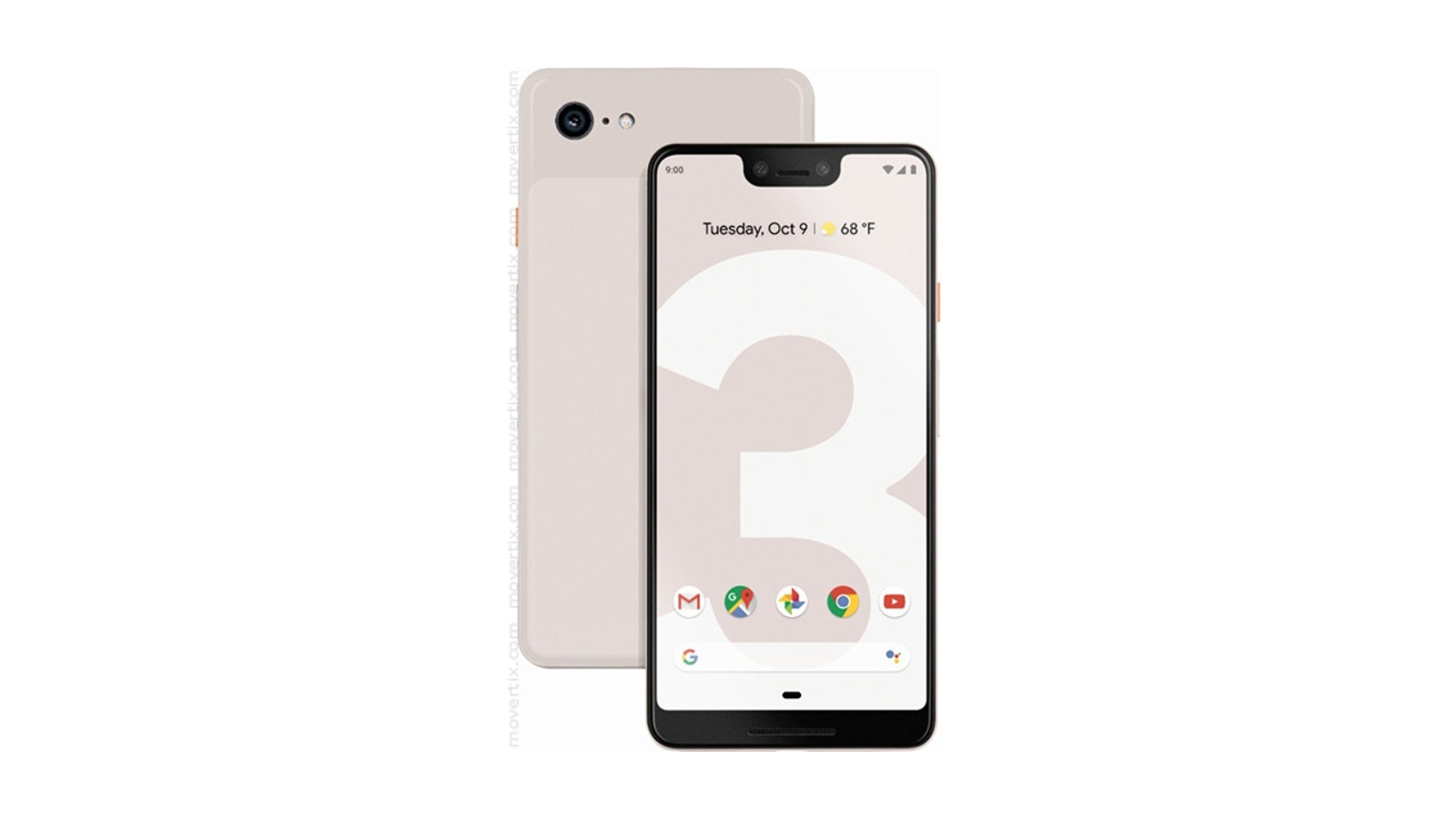
2. Google Pixel 3
Specifications
Reasons to buy
Reasons to avoid
Google has taken what a single-lens camera can do to a whole new level, thanks to its Visual Core chip and machine-learning software. That combination results in some of the best colours in any camera-phone photos. The high dynamic range makes for such life-like shots, it's difficult to tell they were taken on a phone.
The downside of a single lens is that you don't get ultra-wide-angle or telephoto shooting. But if it's pure photo quality you're after, the Pixel 3 really delivers and at a fairly reasonable price.
The phone's dual front-facing selfie camera is also a really nice addition that makes shooting either way easy and the end result superb, no matter how little effort you put in.

3. Samsung Galaxy S10+
Specifications
Reasons to buy
Reasons to avoid
The Samsung Galaxy S10+ has gone the way of the triple-lens set-up, meaning you get a main lens, an optical zoom telephoto lens and a 123-degree wide-angle lens. The result is loads of photo options that leave you playing with the menus for as long as you could want. But, crucially, it also means you can simply point and shoot, and you'll get a great result no matter what the situation.
Low-light shots are impressive, as are zoomed photos, although optical zoom does top out at 2x. The bokeh effect that blurs the background for that SLR-camera-style finish works really well and makes all your shots look great, regardless of how poor your photography skills are.
The display is superb, as you'd expect from Samsung, so this is one of the best phones for looking at pics. You can review the shot as it will look on a larger display so that you know there and then if you need to snap it again to reach perfection.
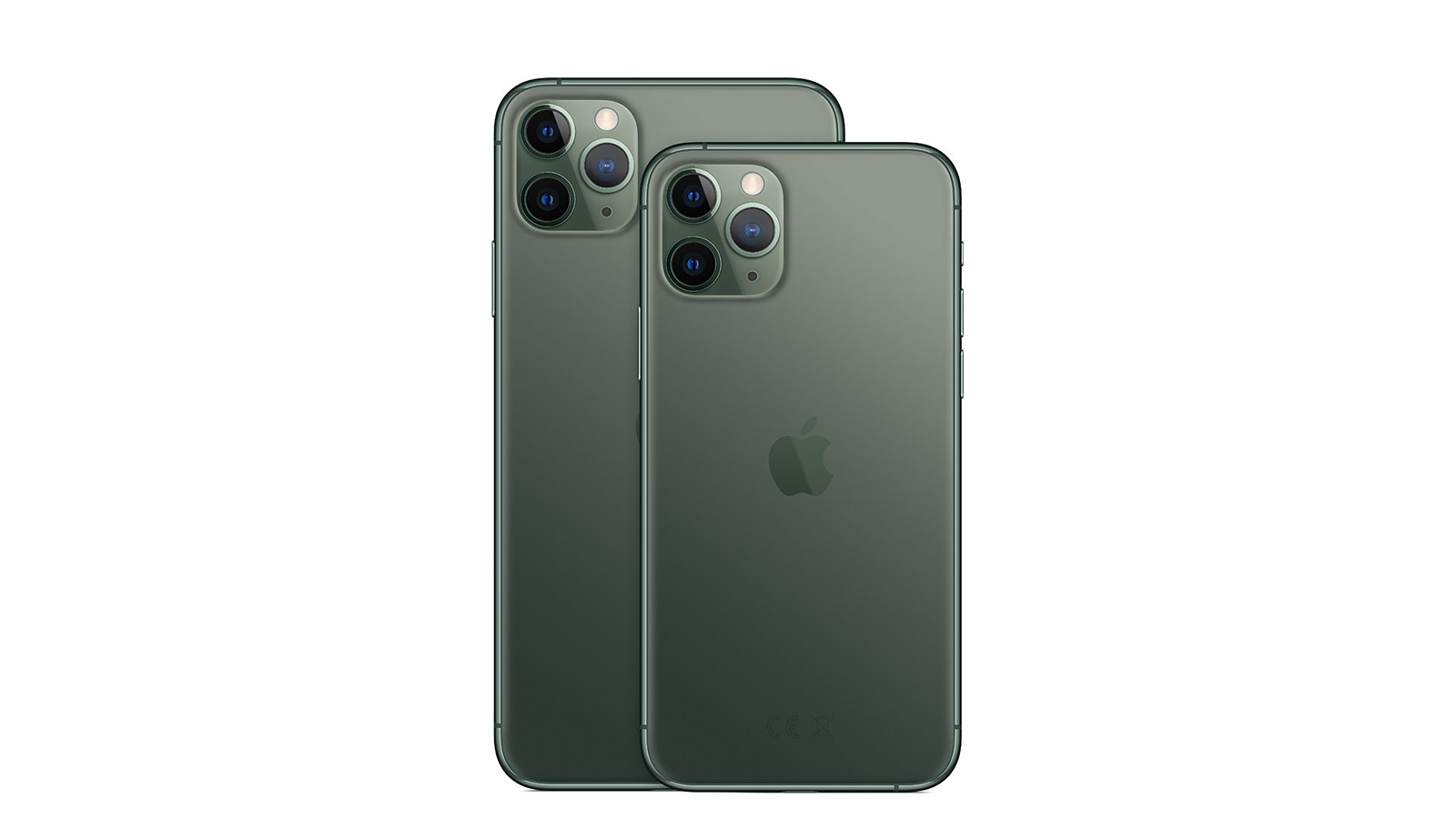
4. Apple iPhone 11 Pro
Specifications
Reasons to buy
Reasons to avoid
Launched to some fanfare in 2019, the iPhone 11 Pro and Pro Max are the Cupertino brand's latest flagship handsets – and have the photographic smarts (and the price!) to match. Both camera phones feature an impressive and versatile rear triple-lens set-up that includes an f/2.4 ultra-wide-angle lens, an f/1.8 wide angle lens and an f/2.0 telephoto lens with a 2x optical zoom. All three lenses deliver vivid 12MP photographs.
New to these handsets is an impressive 12MP TrueDepth front-facing camera that will enable you to capture clear pics; a Night Mode that will enhance your low-light snaps; a Deep Fusion feature that uses machine learning to produce highly effective image processing; and slow motion video recording from the front camera at up to 120fps.
If you can cope with paying the hefty price that these phones still command, fabulous photography awaits.

5. Huawei Mate 20 Pro
Specifications
Reasons to buy
Reasons to avoid
Huawei makes this list again with its Mate 20 Pro, which manages to create superb photos using its triple-lens system. Again, you get the combination of a main camera, a wide-angle lens and a telephoto camera, all backed by OIS and excellent apertures. The result is photos that look great in any situation, be it low light, fast-moving action, macro close-ups or far-away zoom shots.
If you're really into playing with the camera, there is a Night Mode that lets you leave the exposure open to get as much light as you need. This is great for shooting the stars at night.
This phone actually has top-of-the-line specs all round, with a stunning edge-to-edge display, a huge battery, waterproofing and so much more.
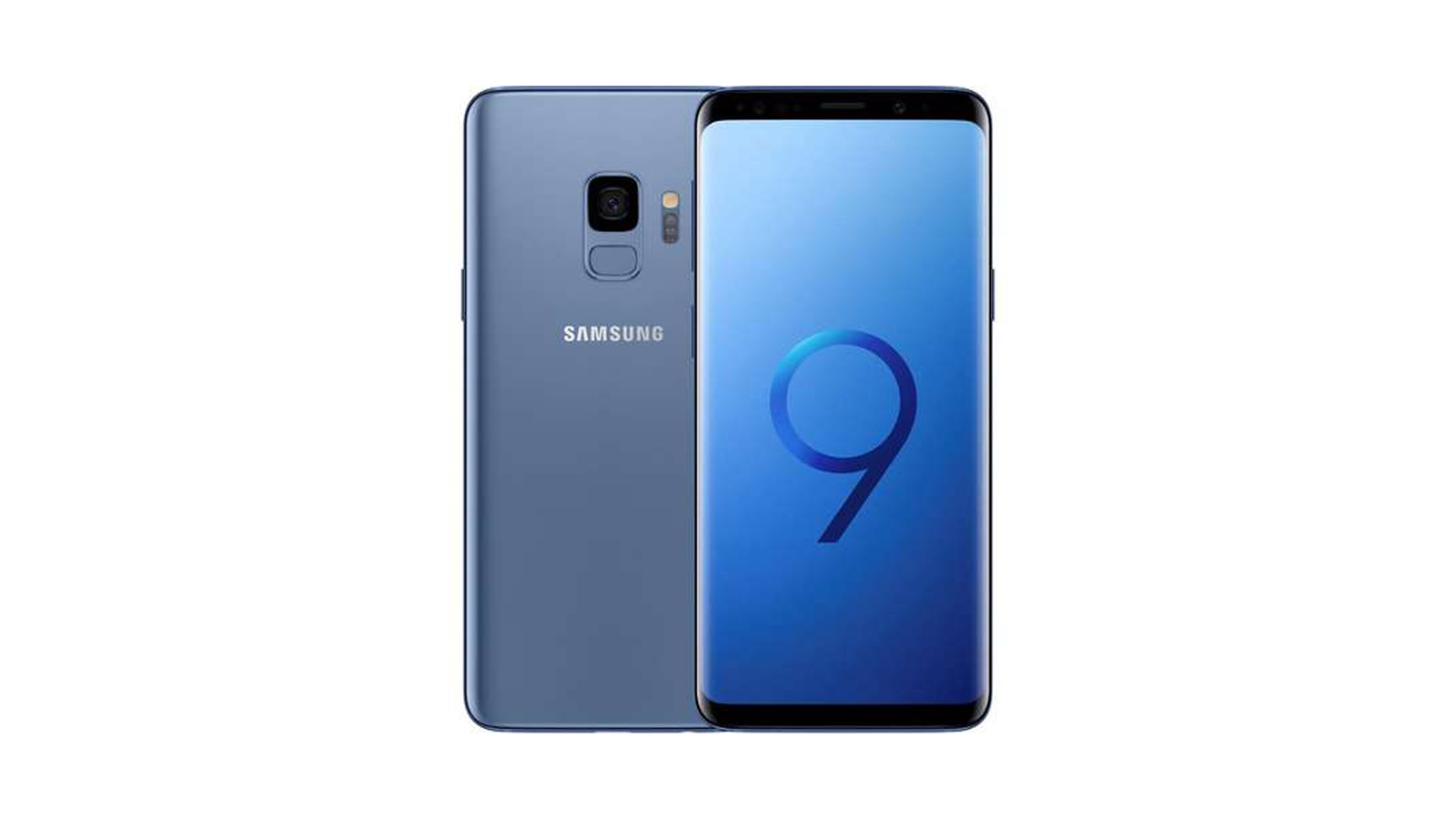
6. Samsung Galaxy S9
Specifications
Reasons to buy
Reasons to avoid
The Samsung Galaxy S9 is not the newest phone any more, yet it still produces some superb photos, and its overall specs are impressive. On top of all that, the price is now lower, so you can nab Samsung-level quality for less.
The single-lens 12MP camera manages to offer a dual aperture, meaning it can capture varying levels of light. This means that low-light photography is far better than the phone's predecessor, thanks to the f/1.5 or f/2.4 aperture. On top of that, the video modes have expanded thanks to more powerful processing, meaning you can shoot 960fps super-slow-motion video.
A top-quality AMOLED display means you can check your shots for quality right away without missing any details. Thanks to the auto mode, you'll rarely be disappointed, though, as this is a point-and-shoot wonder phone.

7. Sony Xperia XZ3
Specifications
Reasons to buy
Reasons to avoid
Sony is still managing to innovate in the smartphone world and this time it's with video for its XZ3. This not only records in 4K but in glorious HDR, too, making the video footage from this camera look great even on massive 4K and HDR TVs. The final nail in the home video camera coffin?
That single 19MP rear sensor is plenty for great photos, too, with quick focus and lots of modes to play with. Background blur shots are an option and, in decent light, most photos come out looking great.
The video capture also manages to offer that brilliant 960fps super-slow-motion mode at Full HD quality. This is perfect for cool moments captured in a professional finish that work well if you're into editing together decent video.
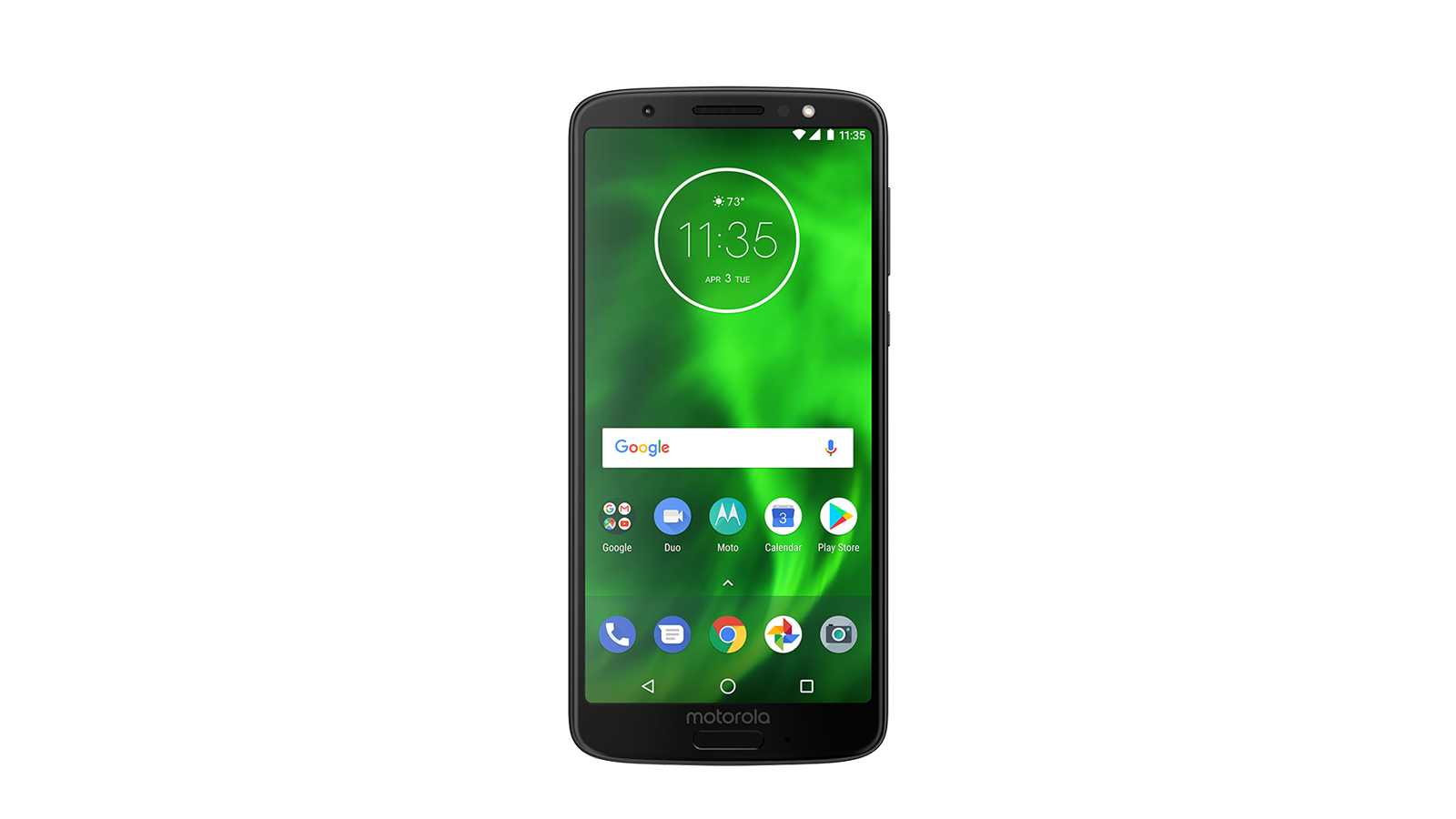
8. Motorola Moto G6
Specifications
Reasons to buy
Reasons to avoid
If you want a decent camera without spending too much, the Moto G6 is for you. This straddles the line between affordable and capable when it comes to most features, including the camera. The rear features a dual 12MP + 5MP set-up, while the front manages an 8MP shooter for selfies.
That dual rear camera means that portrait-mode shots, where you get the background blur, really work well. While you might find that the screen could look better and NFC is lacking for contactless, this offers a lot for the budget price and is ideal as a phone to try if you're thinking of ditching the high-price-tag smartphone – you might just never go back.
The latest news, features and interviews direct to your inbox, from the global home of alternative music.
